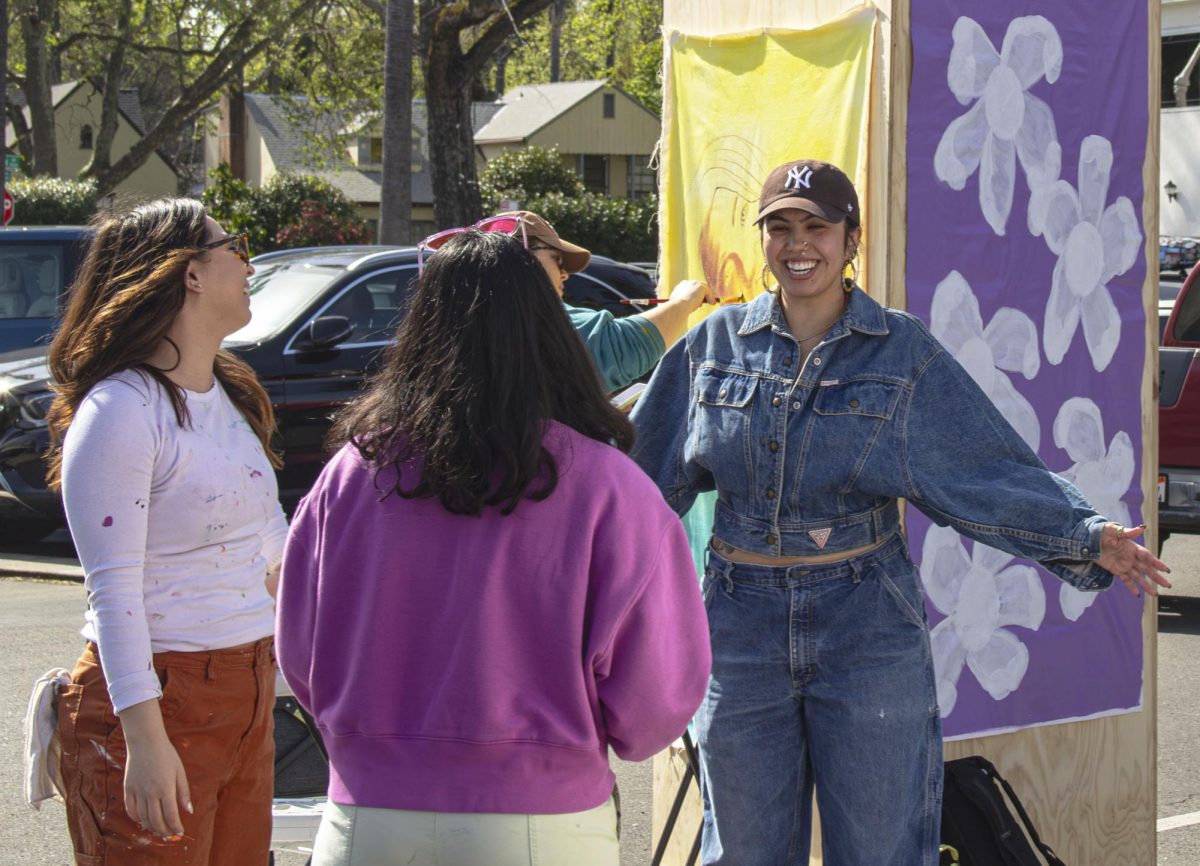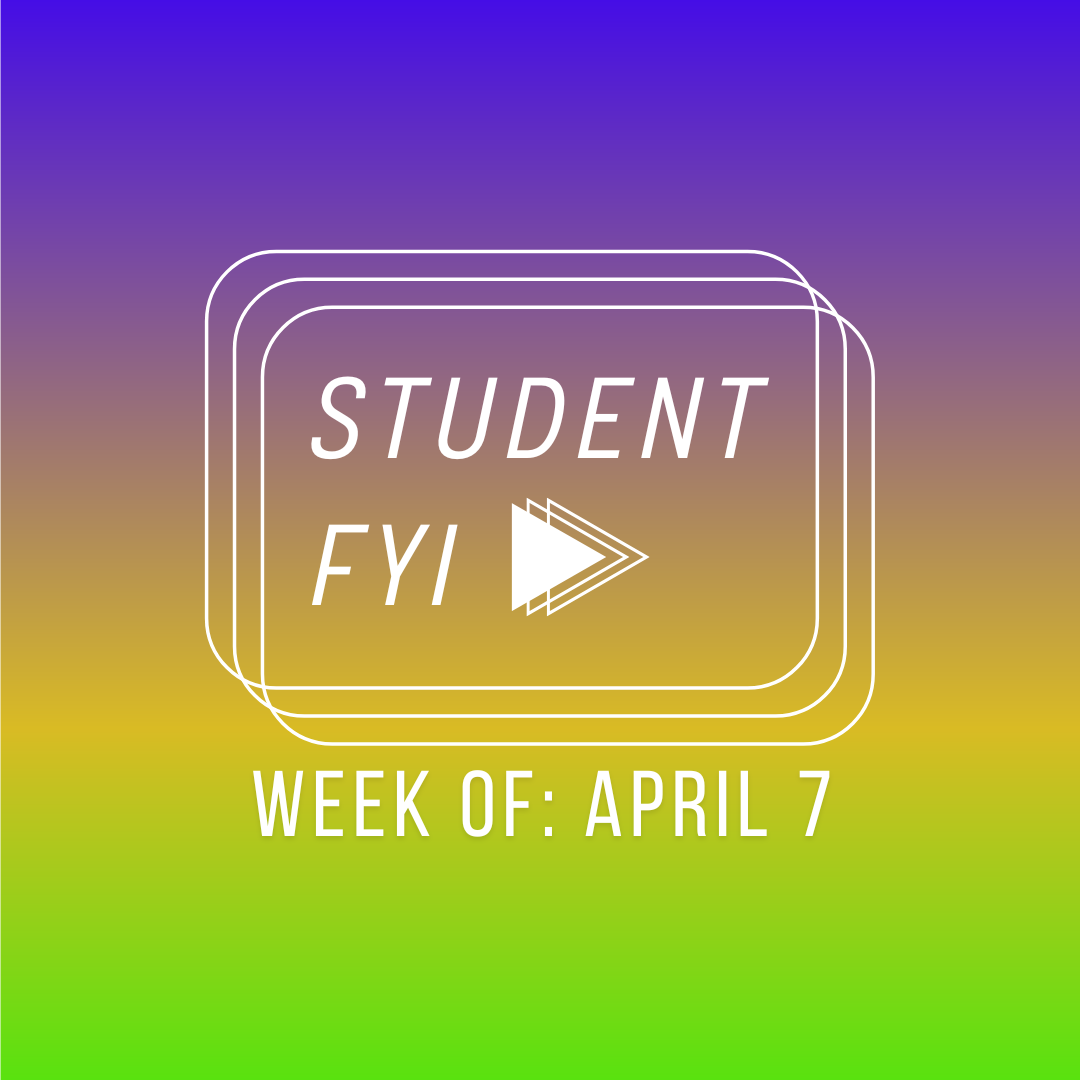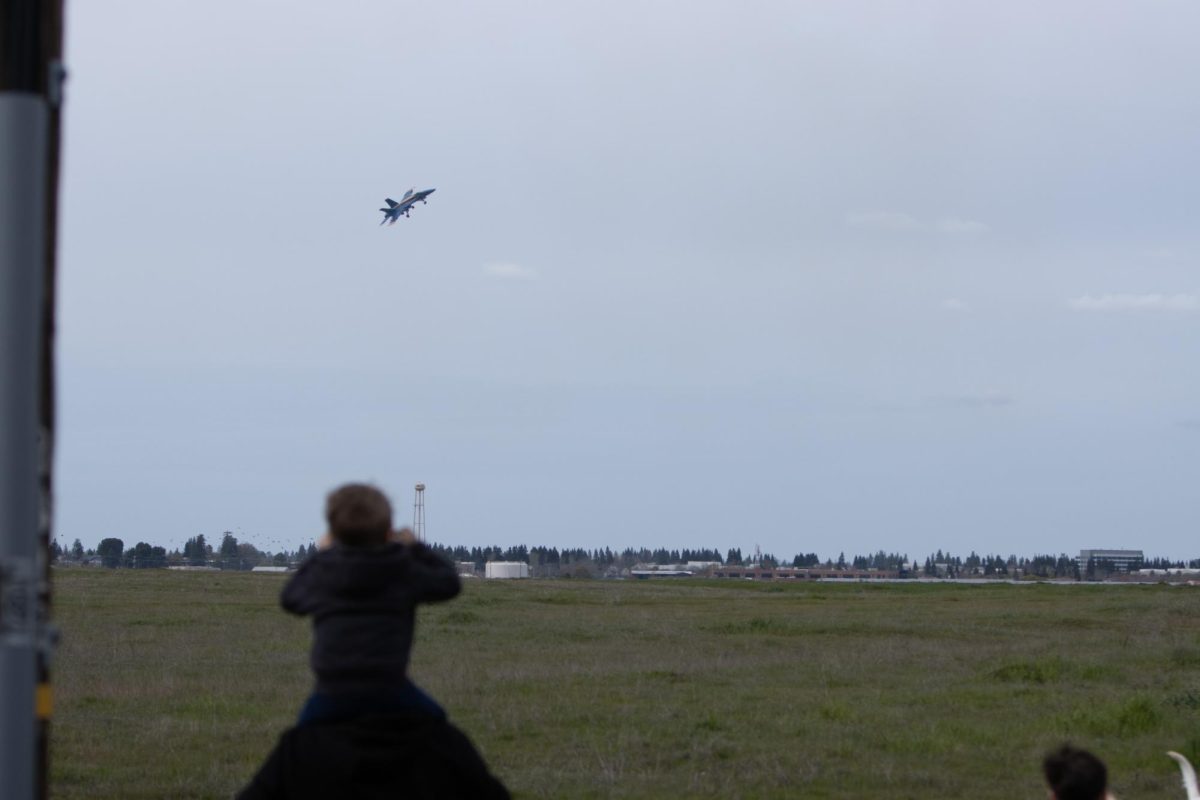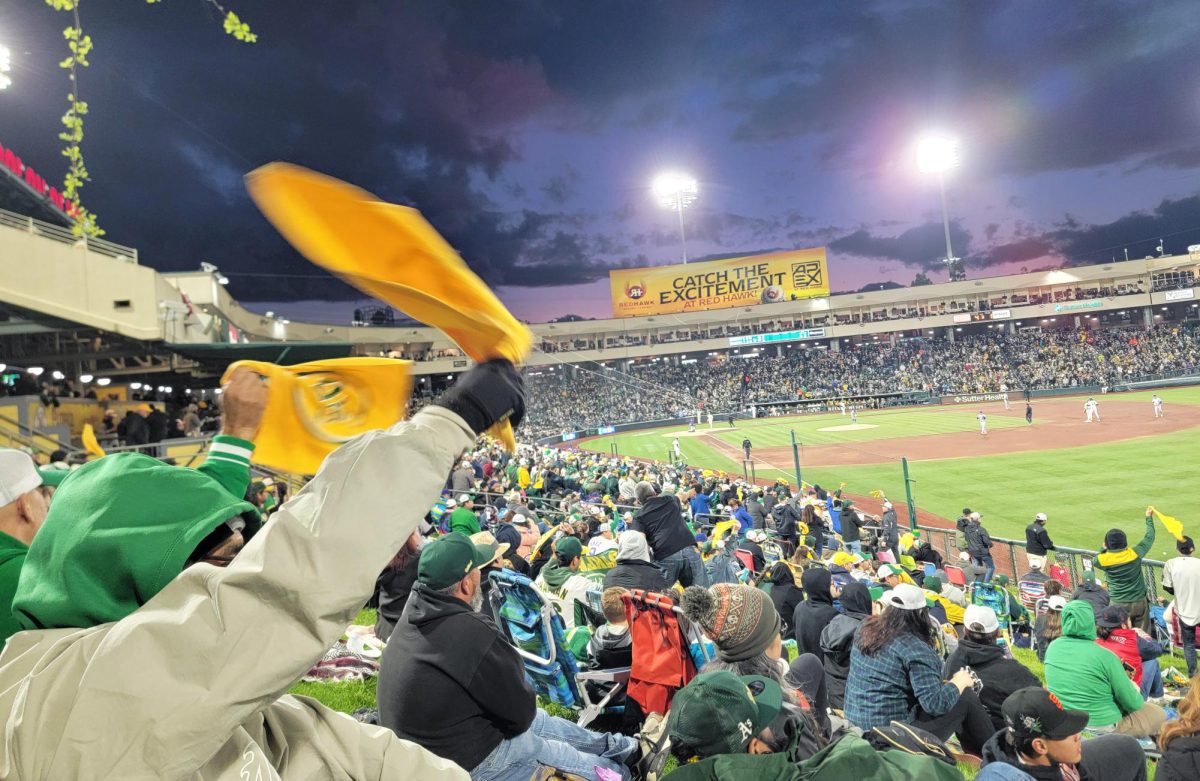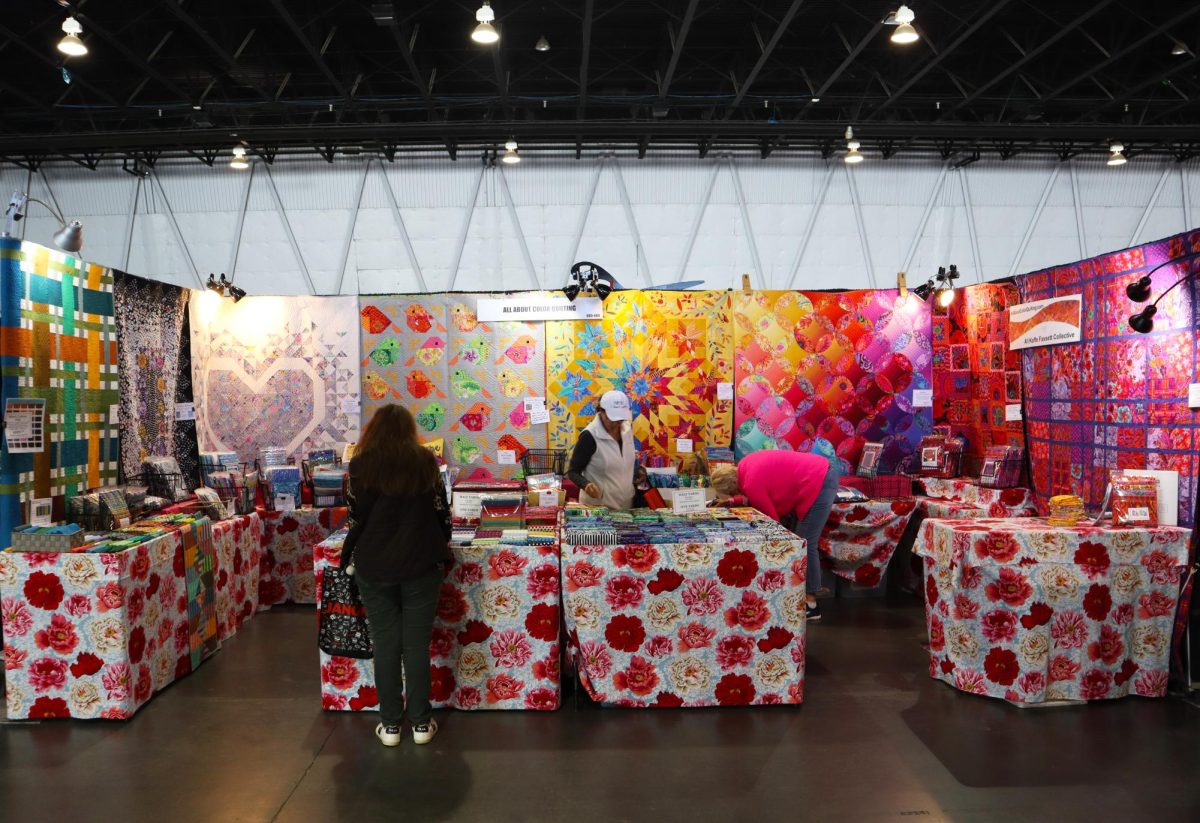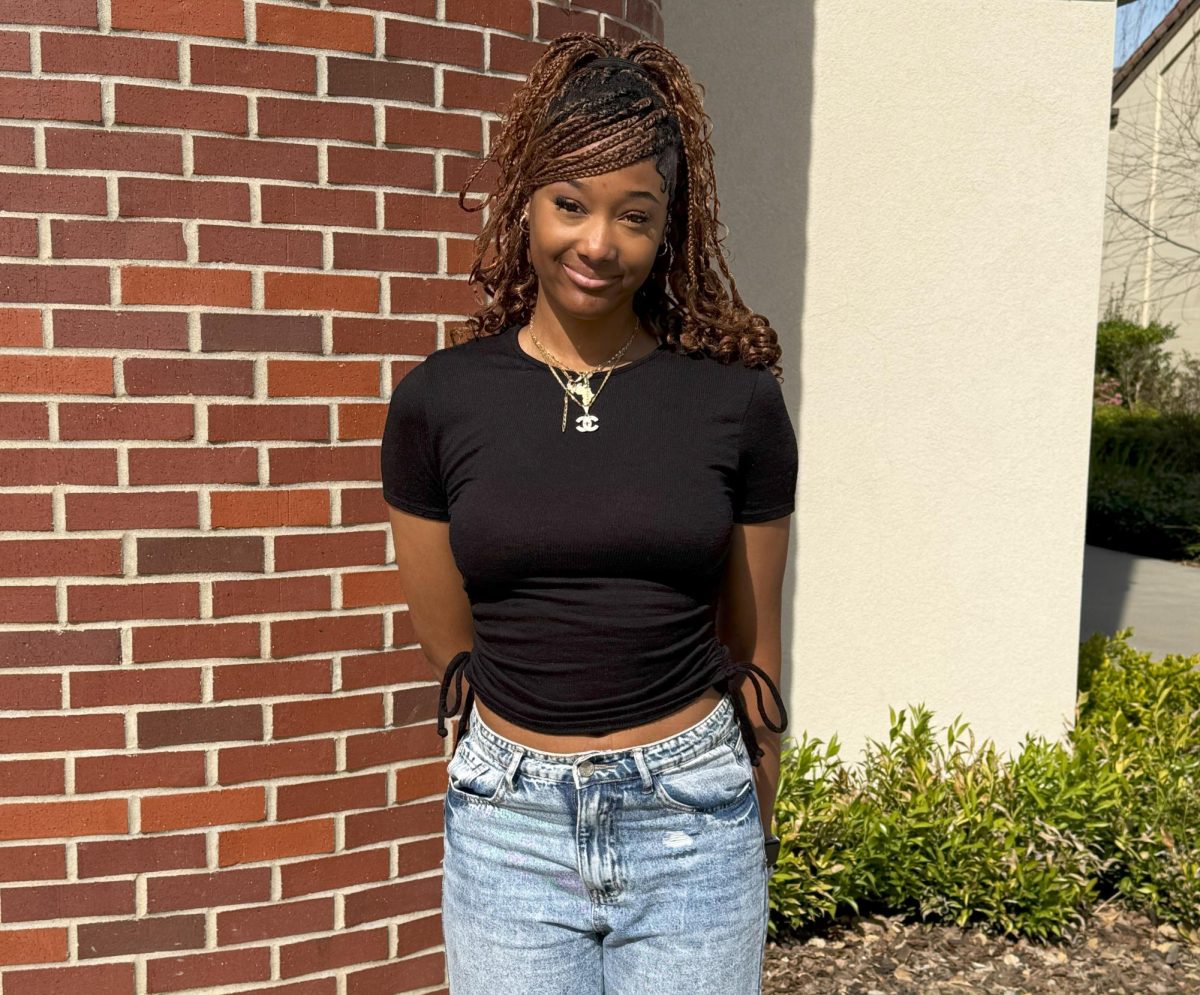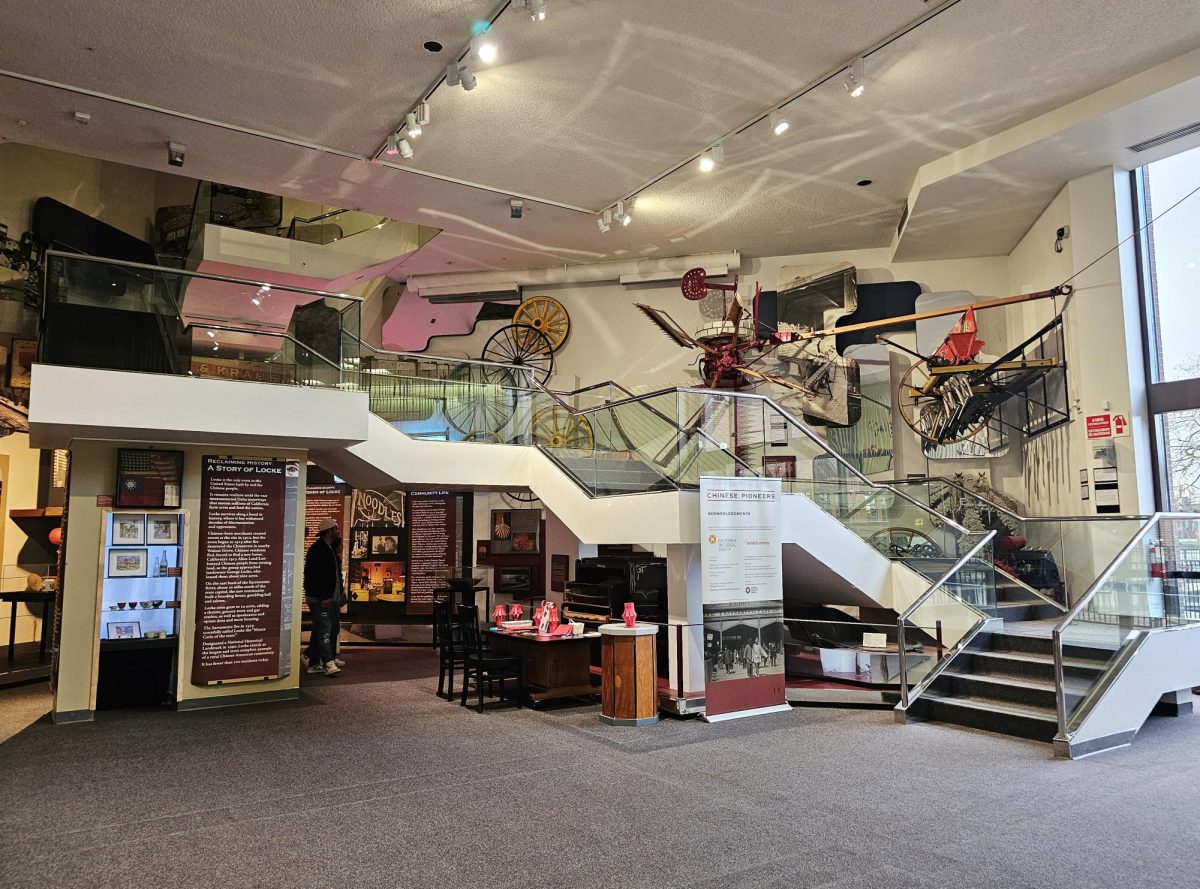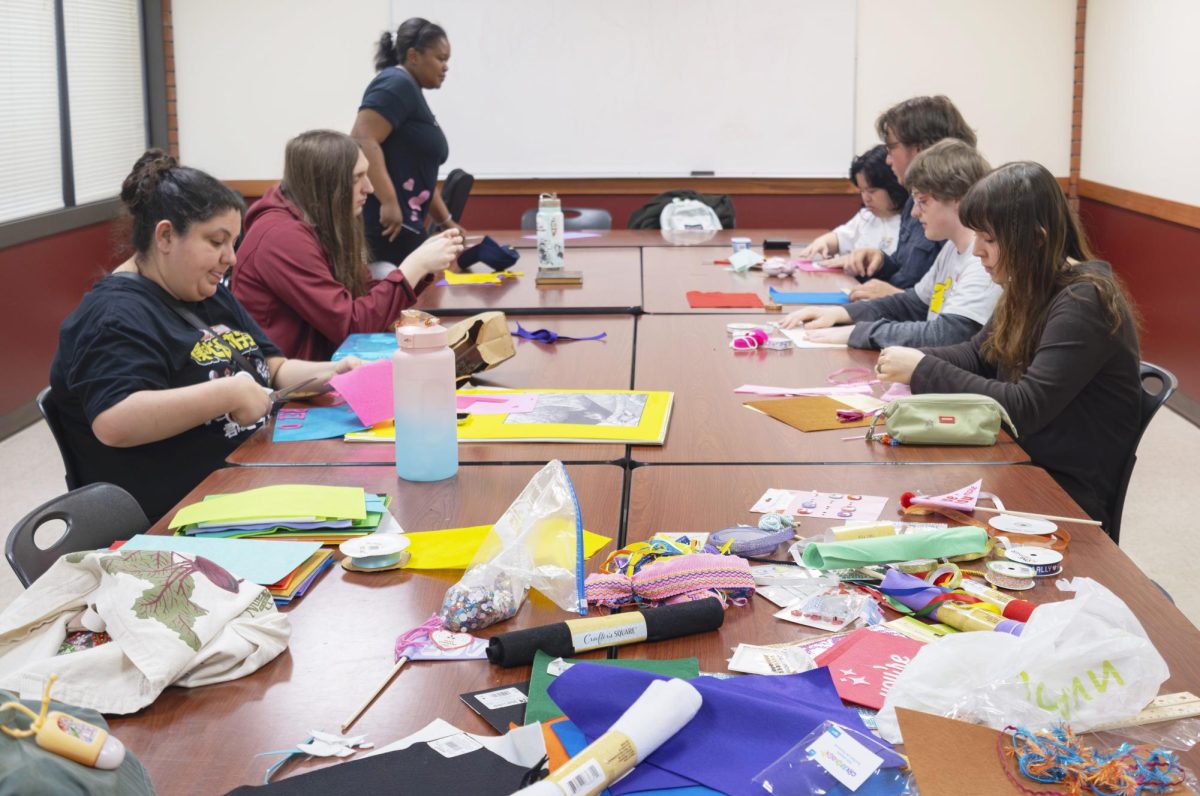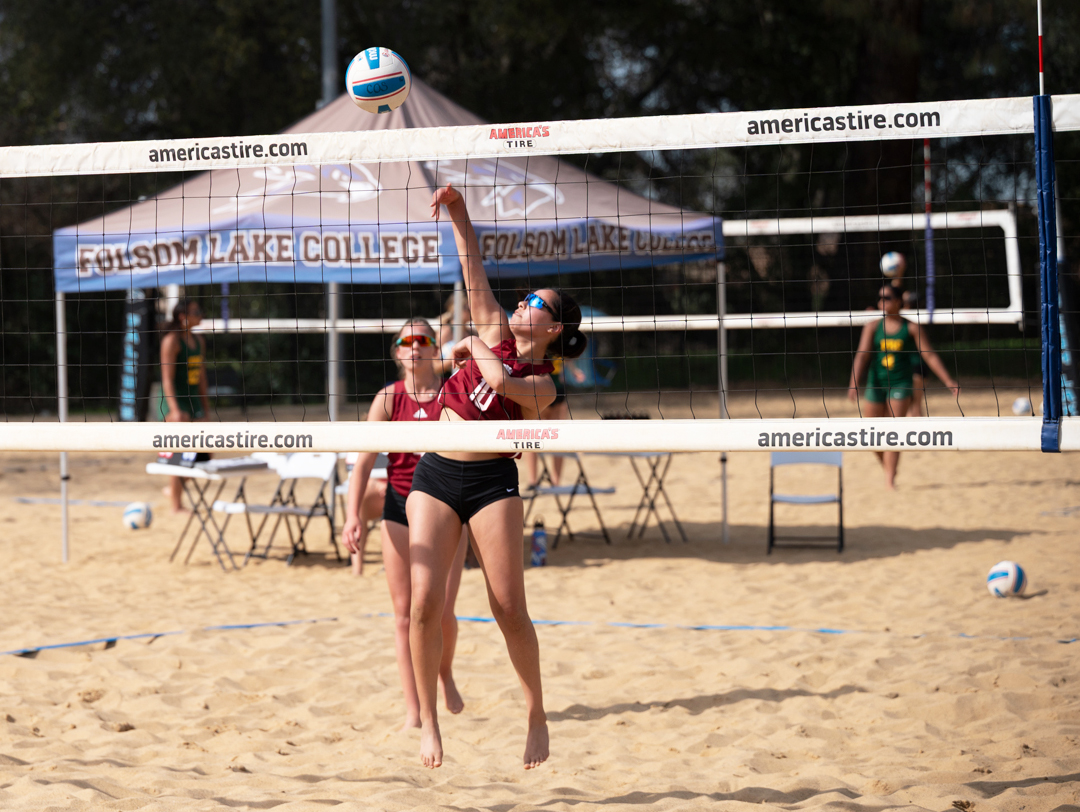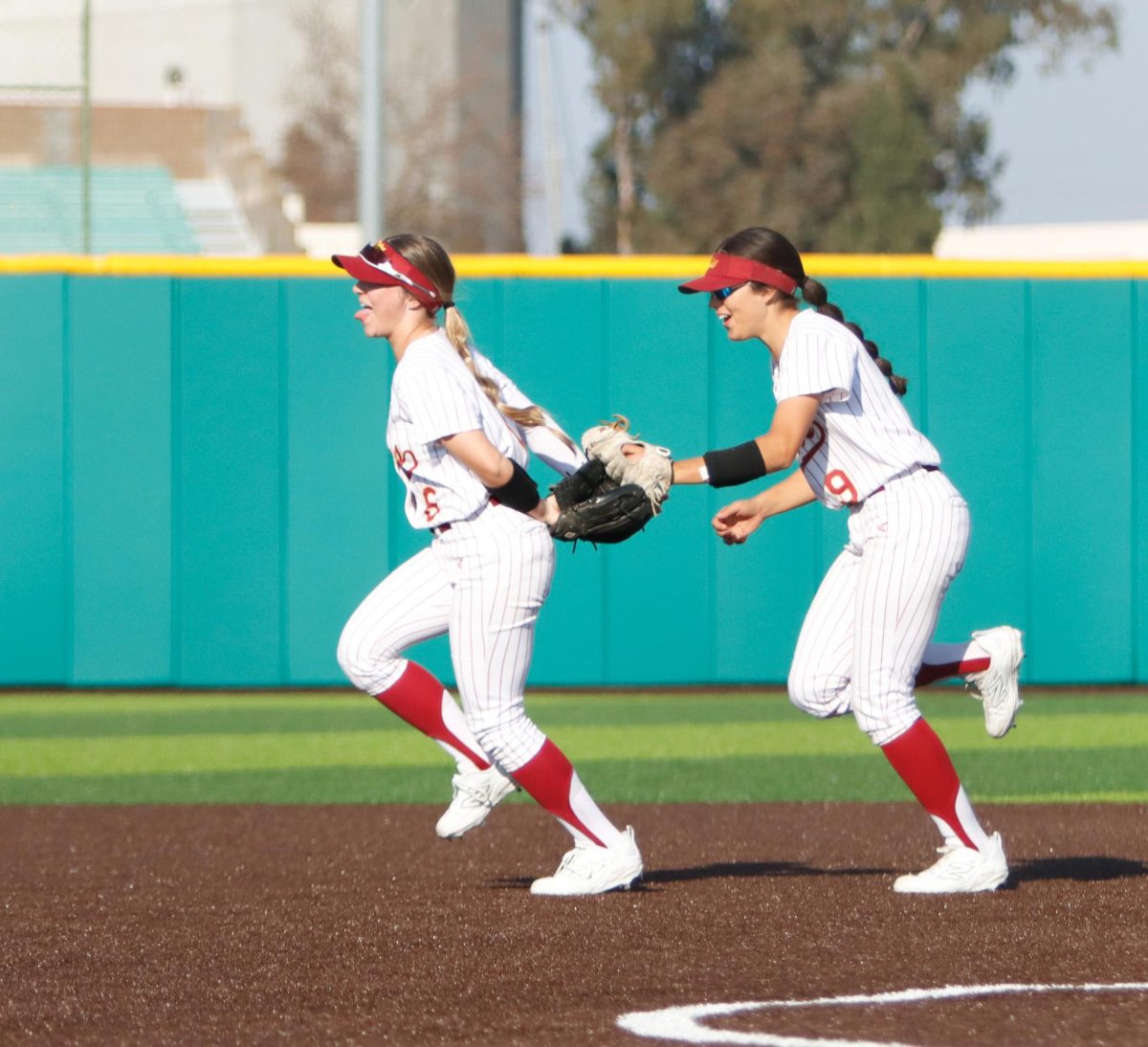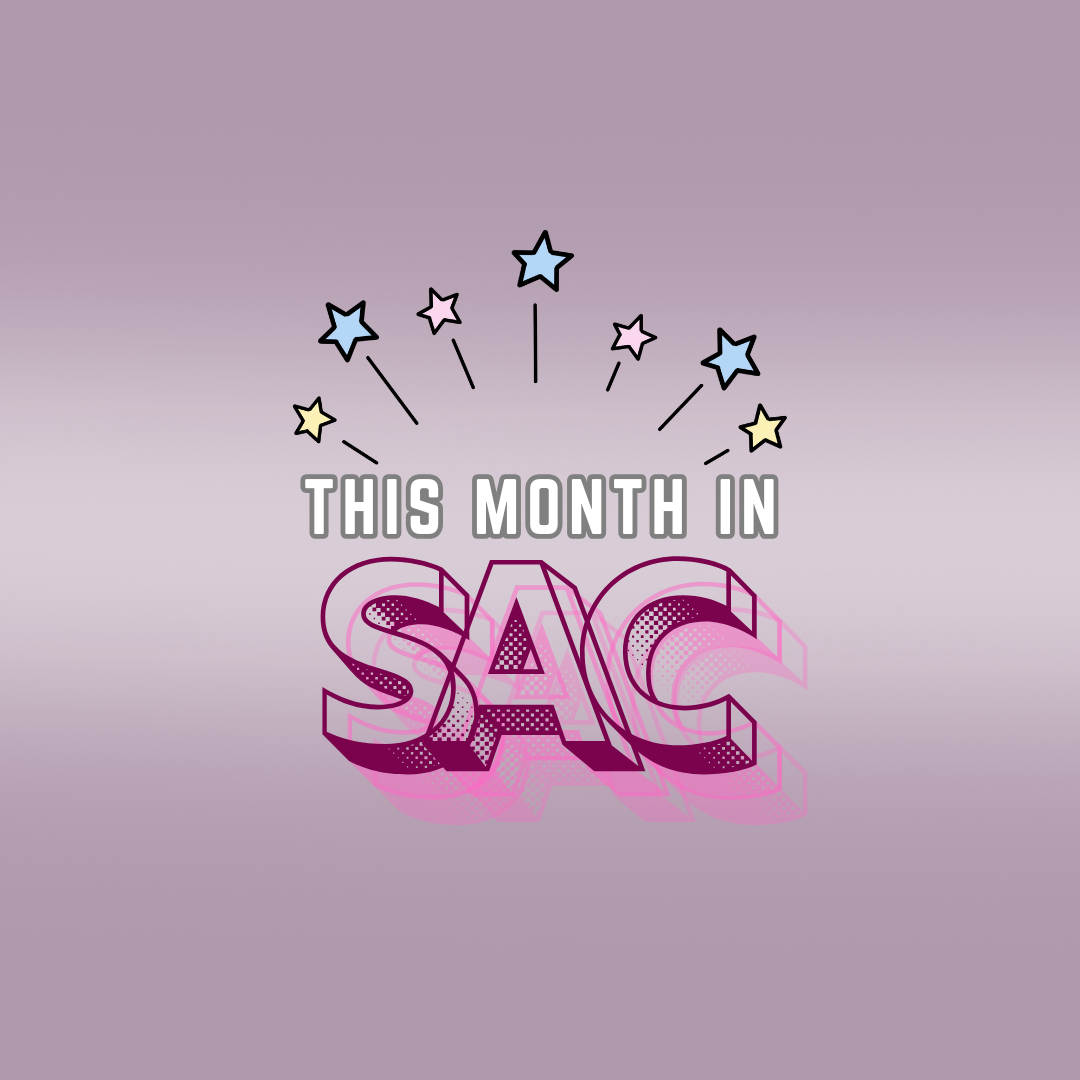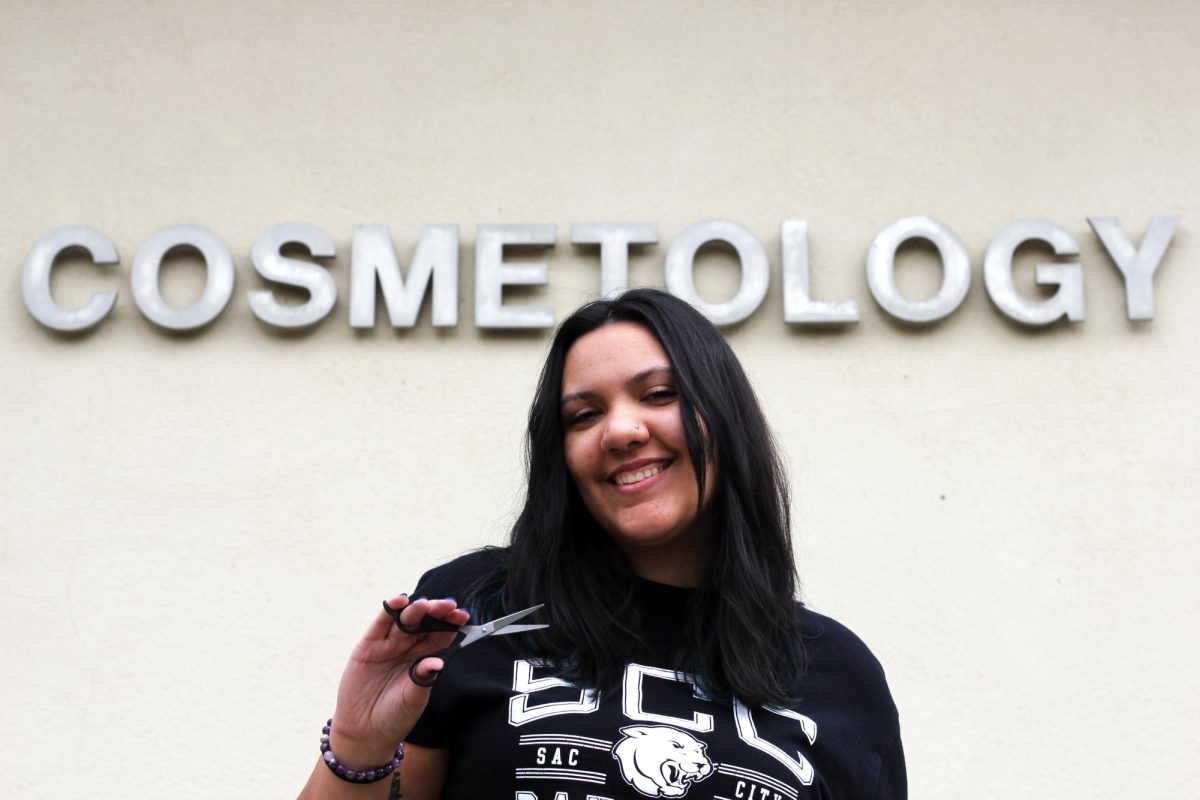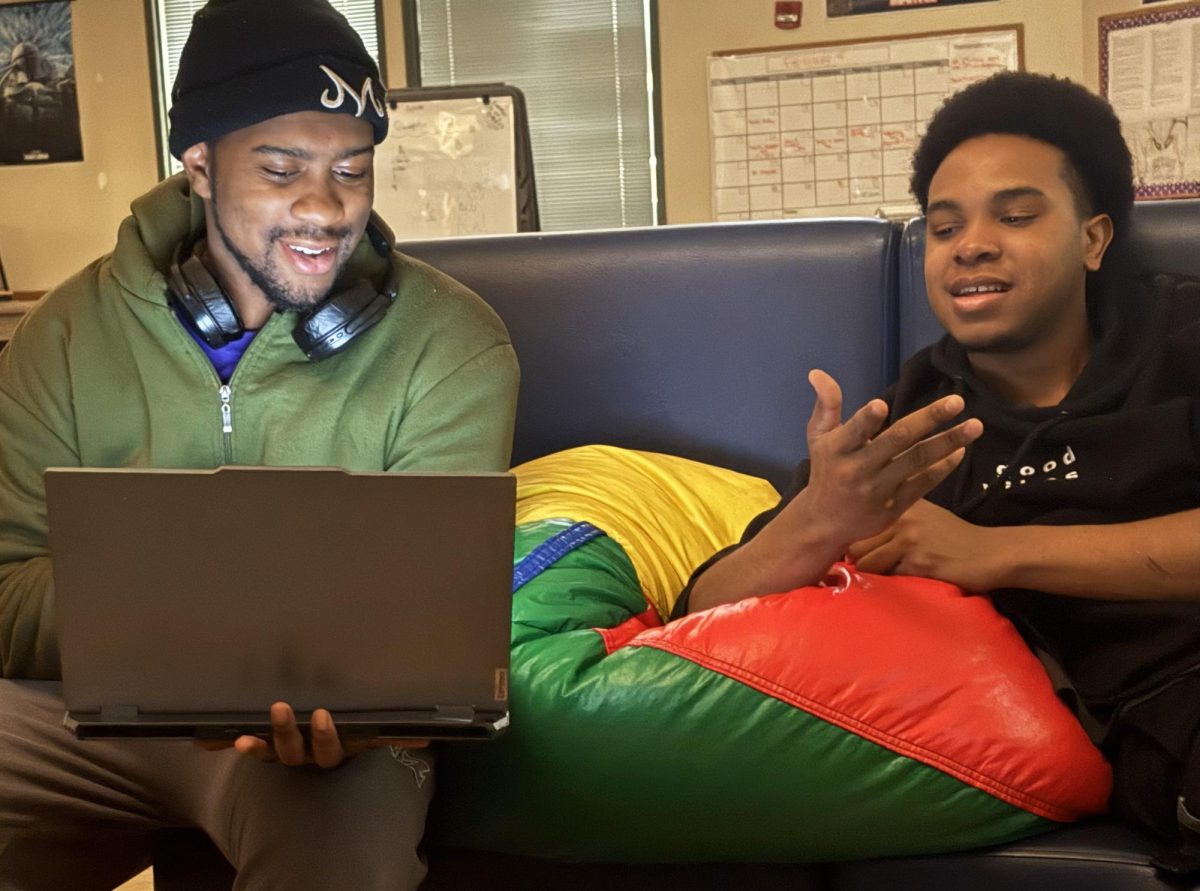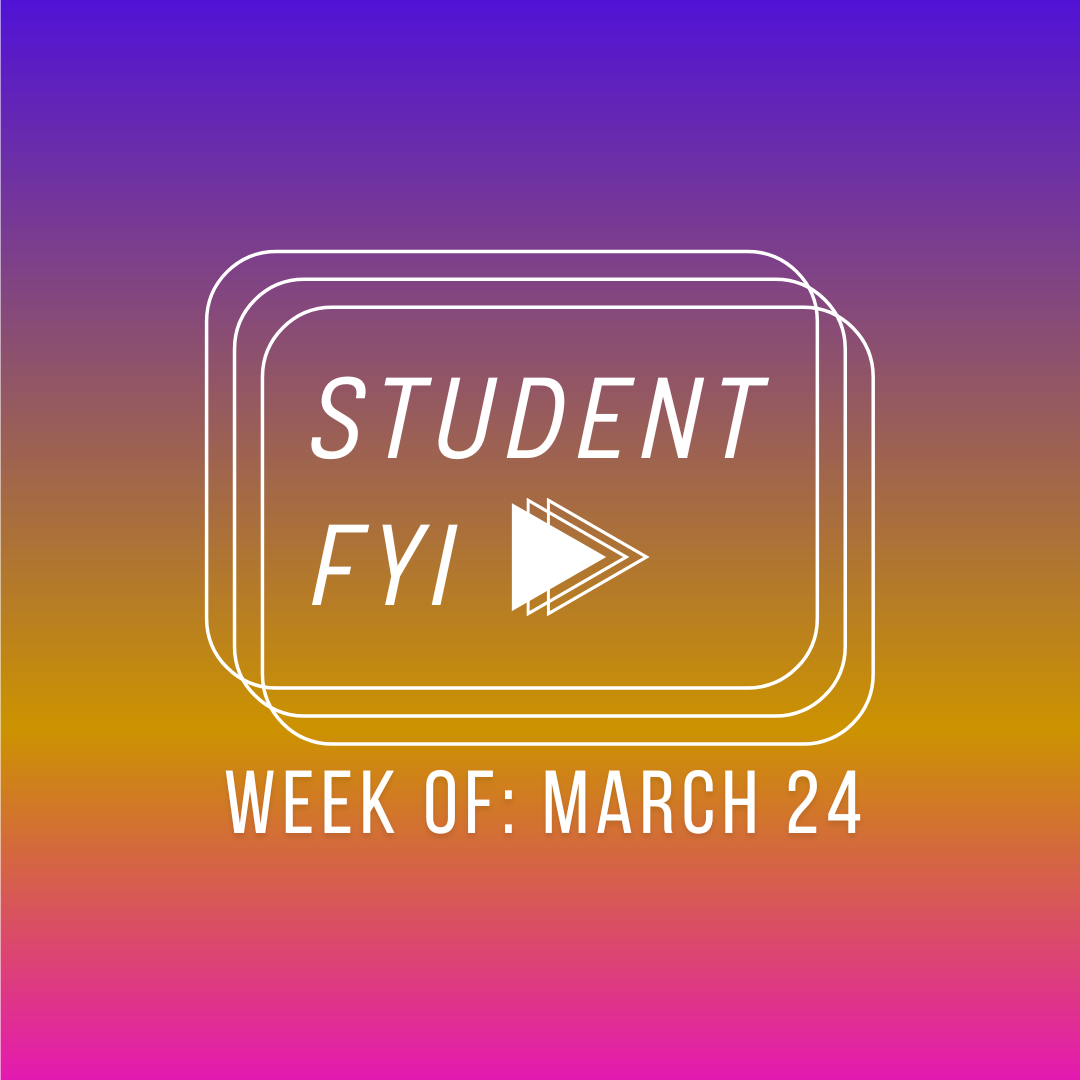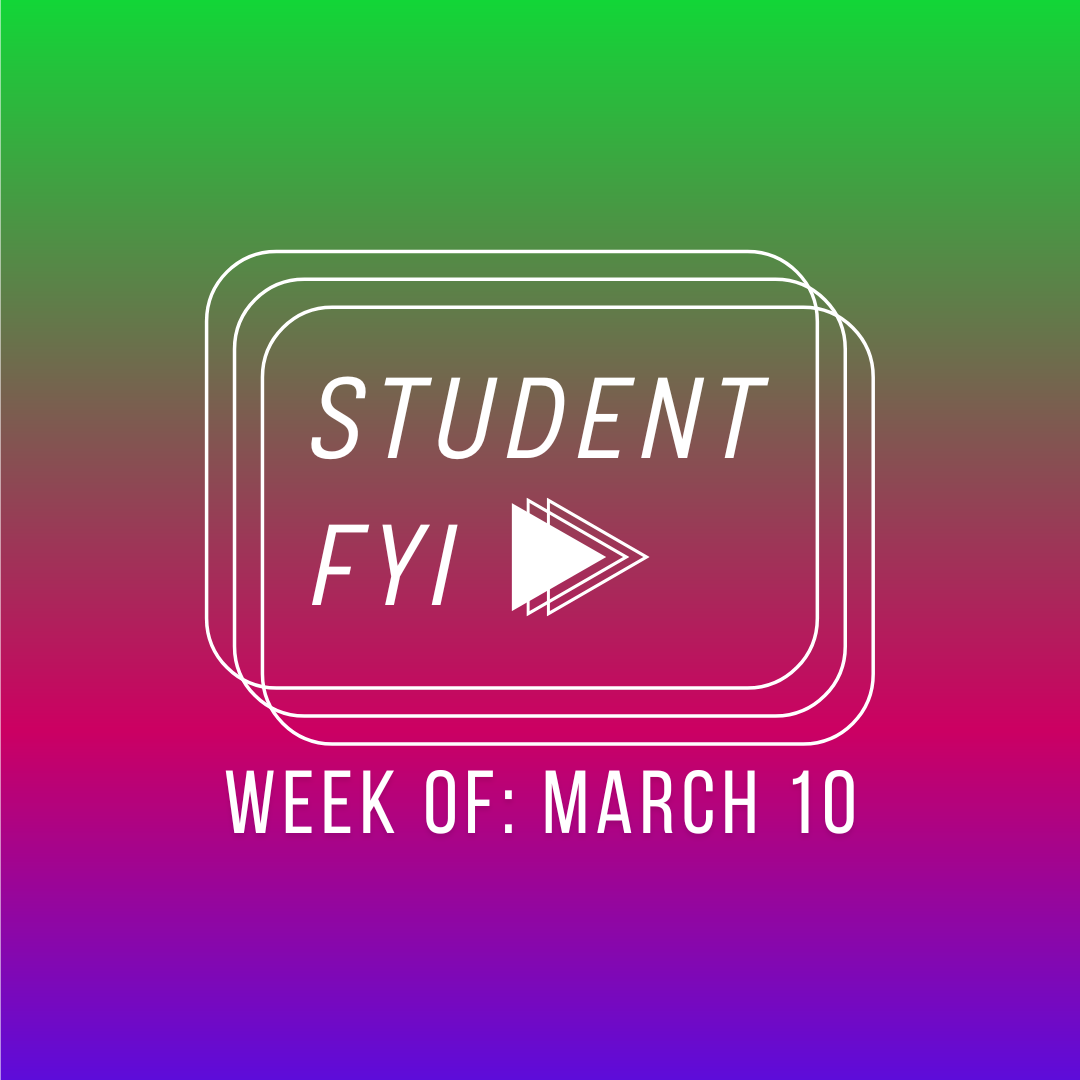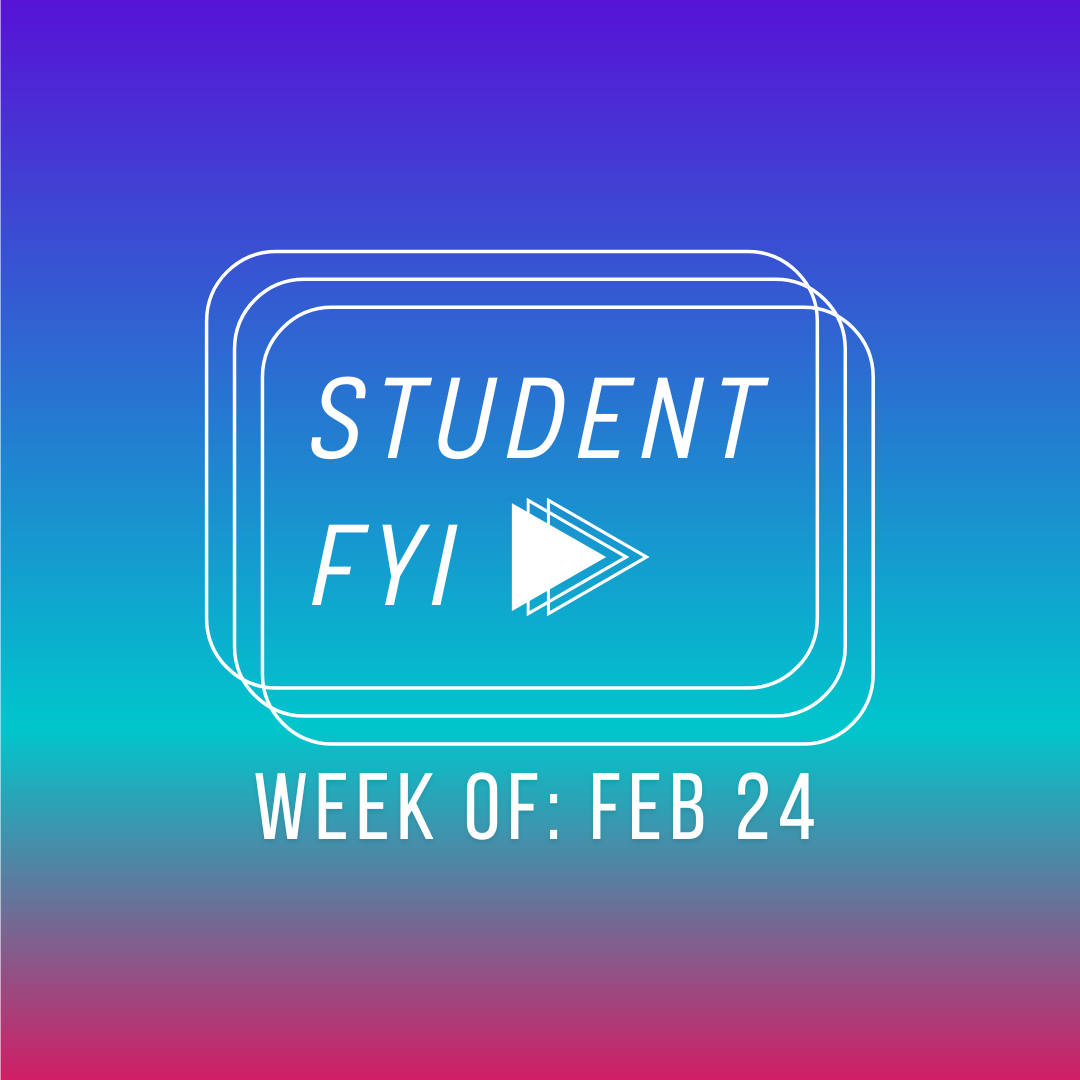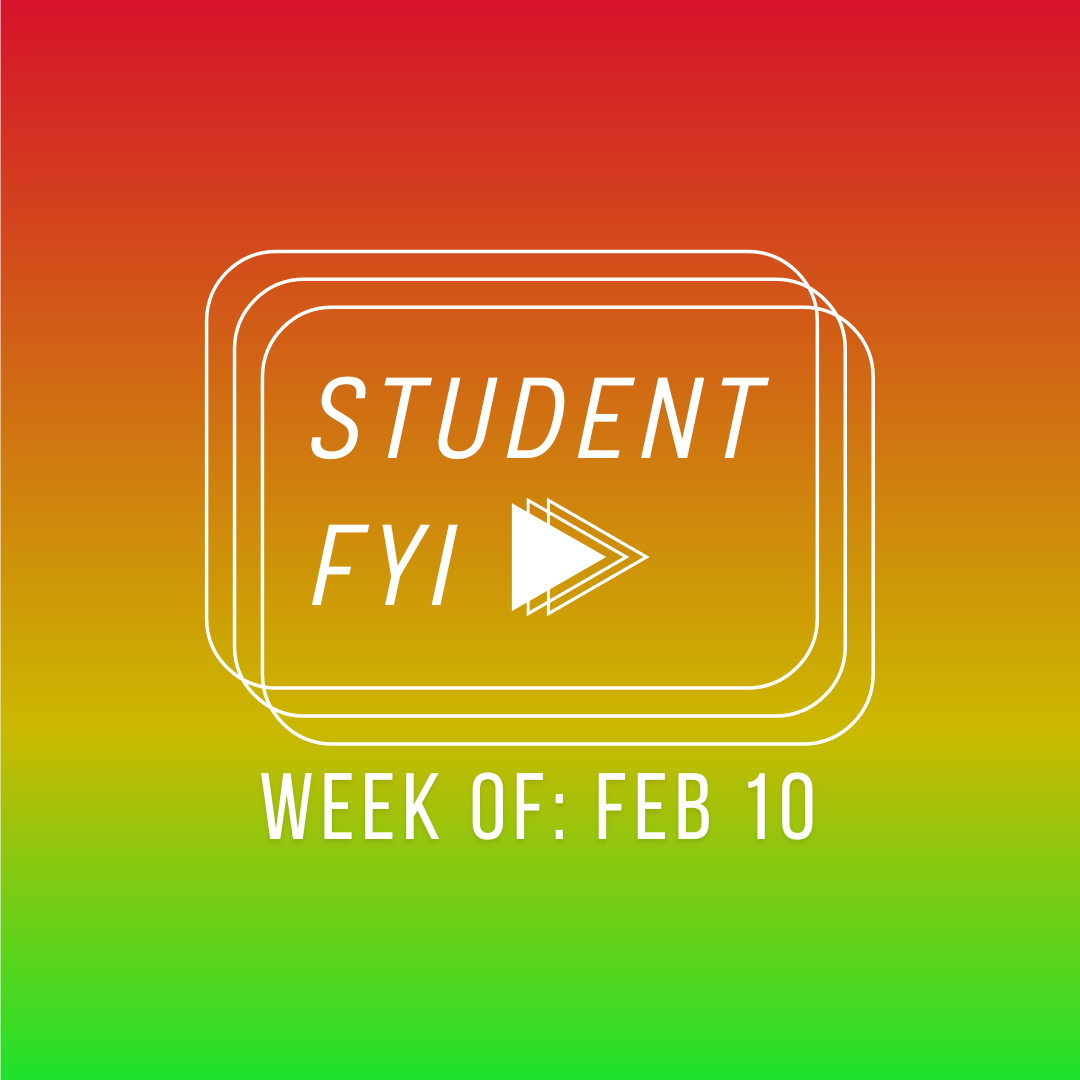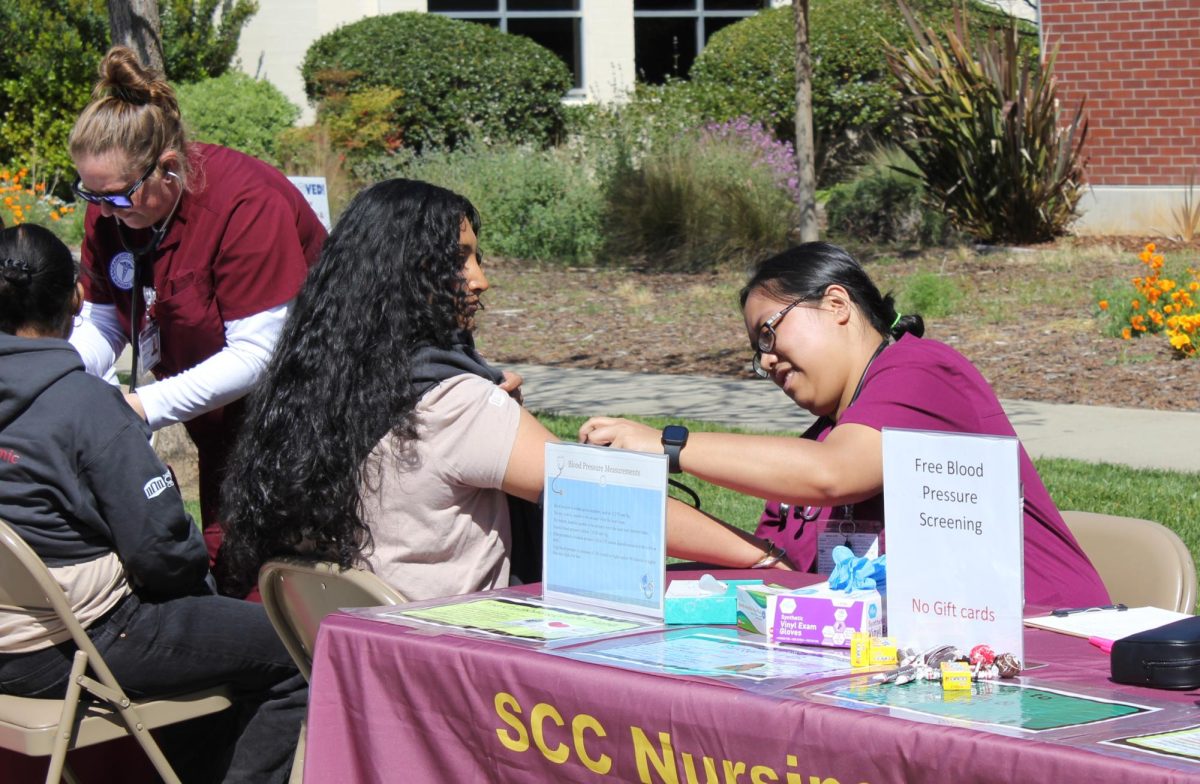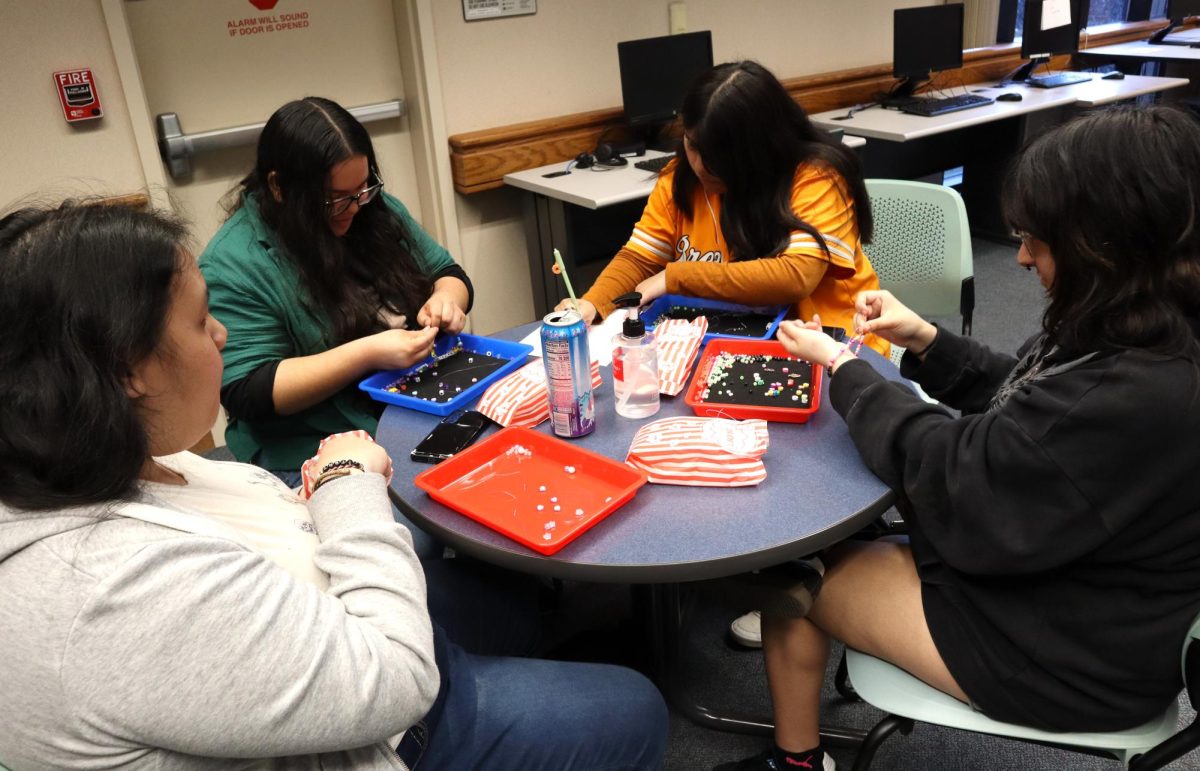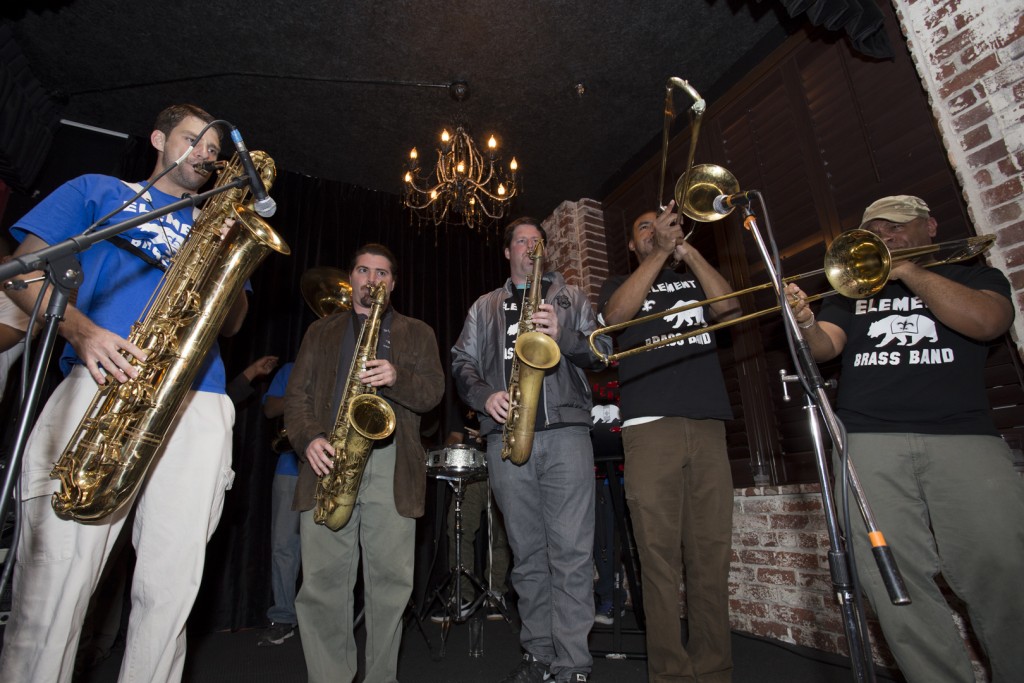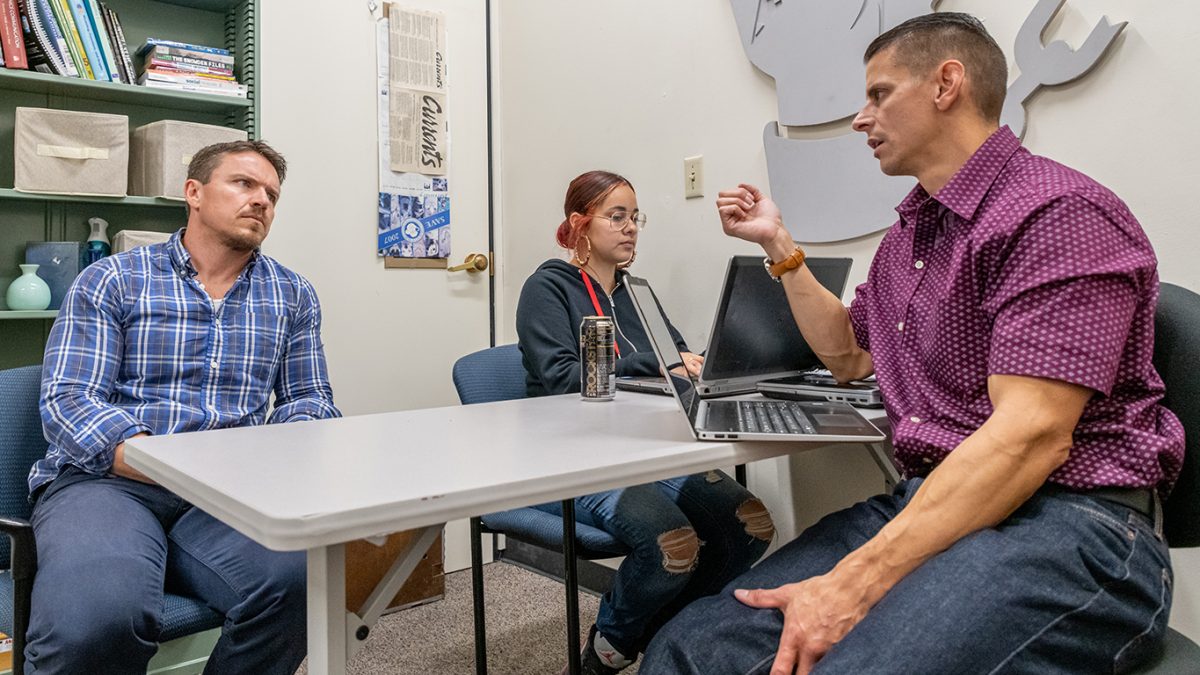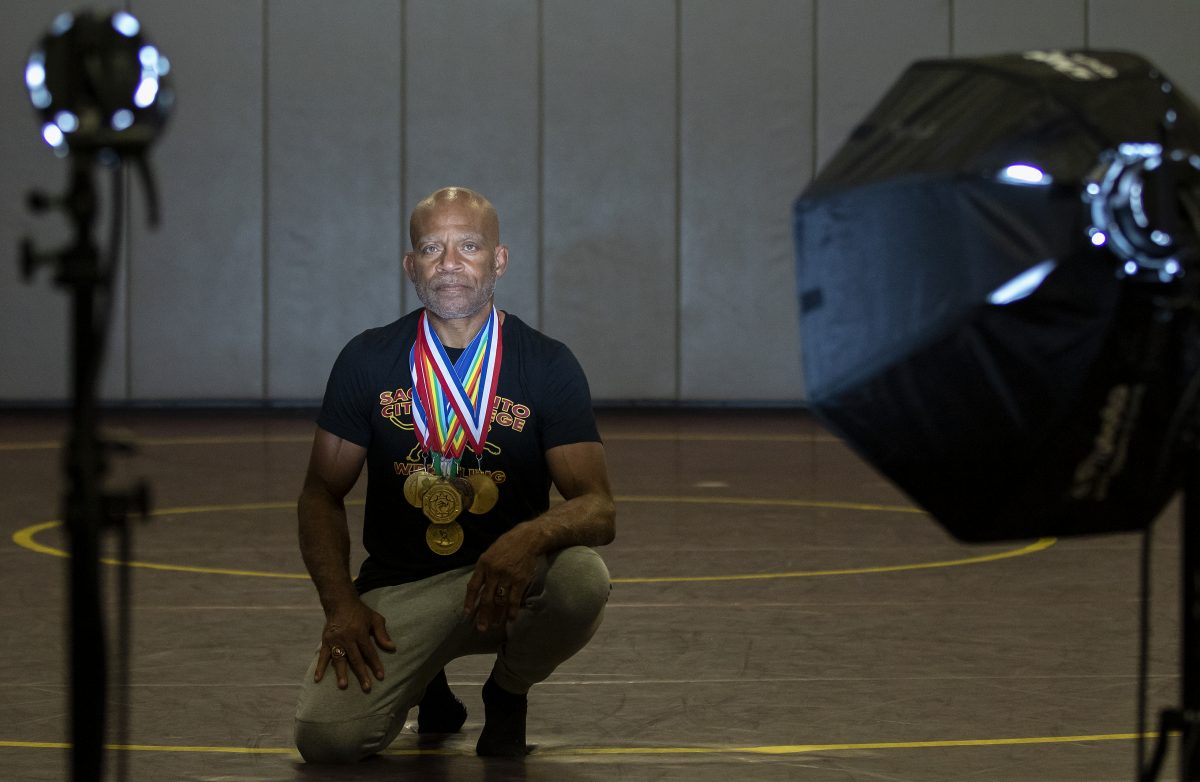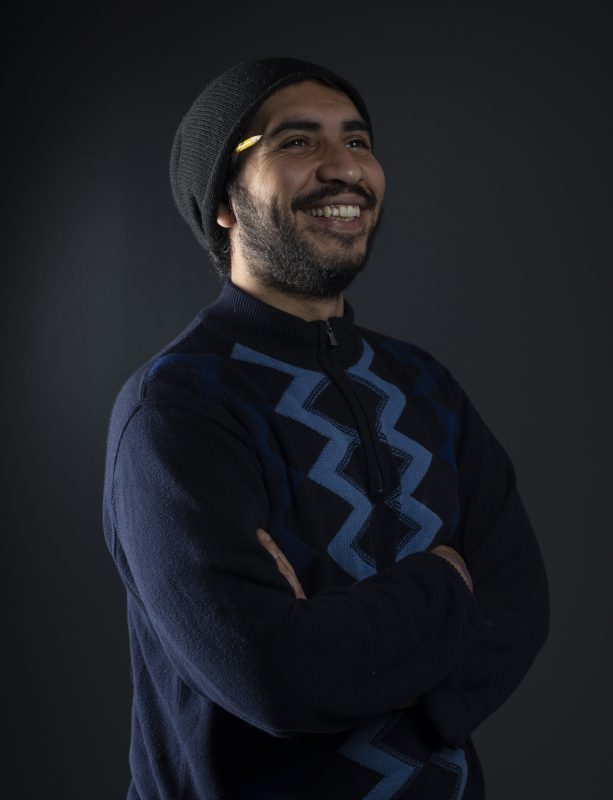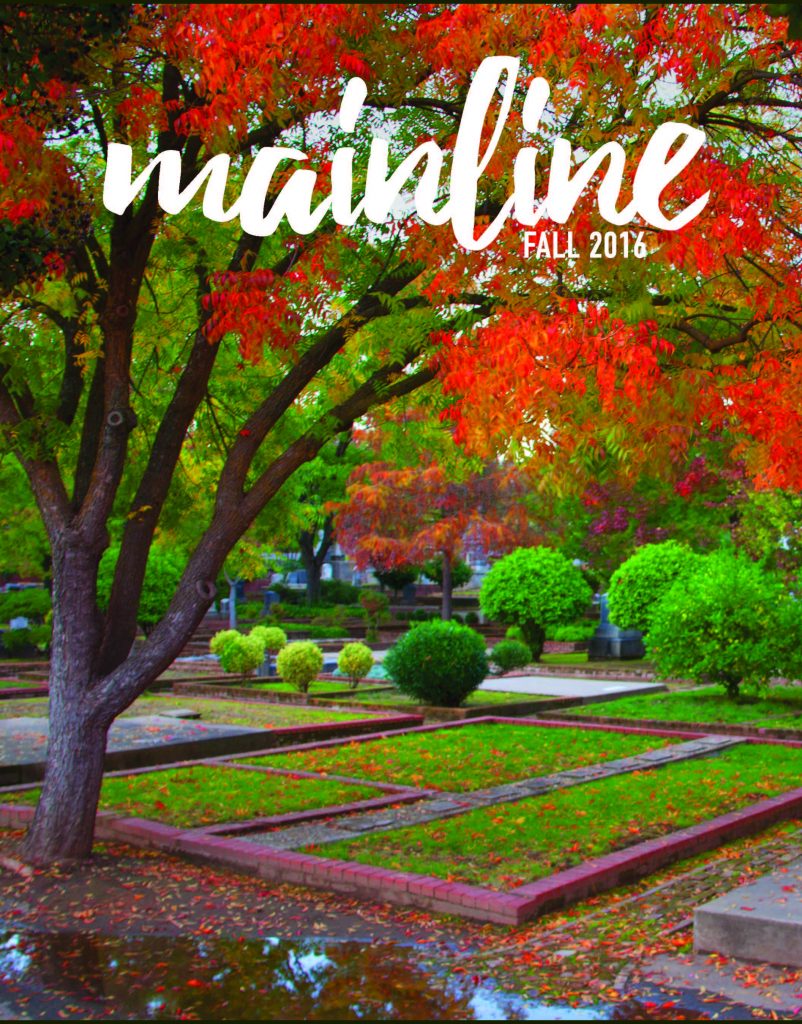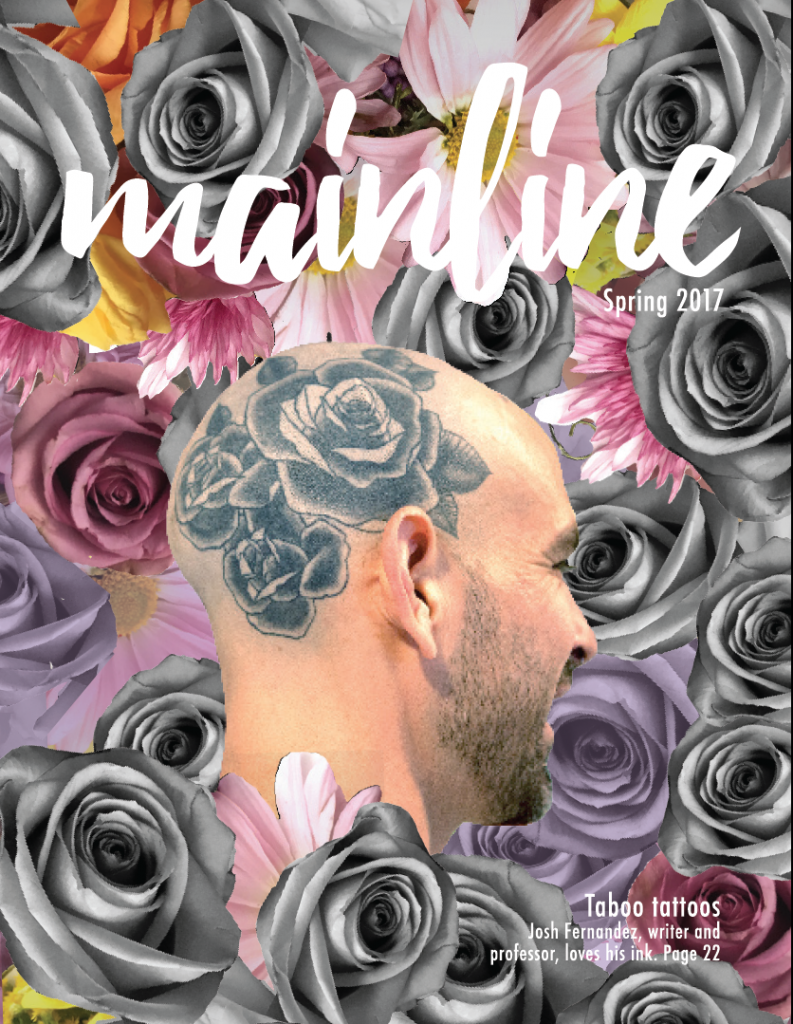Rosaura de la Cruz | Contributor | Rosaexpress7@gmail.com
Sacramento Element Brass Band Brings Second Line Jazz to Midtown
The Shady Lady on R and 14th streets in downtown Sacramento was filled with chaos and a rowdy crowd one Saturday night in February.
Standing by the entrance were eight friends from colleges throughout the Los Rios Community College District who couldn’t take their eyes off the clock. They quickly started lifting heavy instruments and strapping them on their bodies, as most of the popular Midtown saloon’s patrons kept a close eye on the group.
The leader of the pack, Byron Colborn, looked over at his men, nodding slightly. With a deep breath he pressed his lips to his saxophone and made a beautiful, almost jaw-dropping sound.
Heads turned as the sound rang out again from Colborn’s sax. This time another note came from a man standing
behind him. It was the somber sound of a small trombone. It was followed by the striking and powerful boom of a drum, a roar so mighty it could almost be felt as a rattle in the brain.
Next, the tone of a trumpet flowed smoothly through the room as the band broke into second line jazz, a style of traditional jazz music that has been called the quintessential New Orleans art form. On cue, all eight members of the Element Brass Band started to march in place, emphasizing the rhythm, then began marching toward the door.
“Are they leaving?” shouted a woman smoking a cigarette on the saloon’s patio.
The beautiful and strange noises started to disappear as the band rounded the corner of the neighborhood.
Humble beginnings
In addition to Colborn, the night’s talent consisted of fellow saxophonist Reagan Branch, Benwar Shepard on sousaphone, Anthony Coleman on trumpet, Courtney Miller on drums, Joby Marrow and Brother Perry on trombone, and Dan Smith as the emcee.
The idea for the second line jazz band was born when Sacramento City College and American River College student Ryan Robertson traveled to New Orleans with his trumpet in 2010.
It was there that he fell in love with the music and rich culture of the blues in the soul-based city. When he returned to Sacramento in 2011, Robertson brought the music and culture home with him and started to assemble his version of a second line band, a long-standing New Orleans tradition, with brass band parades representing freedom, history and the celebration of life.
According to jazz historians, the “main line” or “first line” is the main section of the parade. Those who follow the band to enjoy the music are called the “second line,” sometimes twirling a parasol or handkerchief in the air.
Robertson quickly rallied Sacramento’s best and aspiring musicians from around the Los Rios district and California State University, Sacramento. Once he had the best of the best, he taught them the styles and rhythm of New Orleans. Shortly after assembling this band, Robertson returned to New Orleans, leaving his position in Sacramento to fellow saxophonist Colborn.
Since then Colborn has happily carried on the title as bandleader and recruited a group of 13 talented jazz musicians who share a love of the musical culture and styles of New Orleans. The band’s hard work paid off recently when the band took home the 2015 Sammies Award for Best Jazz Band in late March.
The band hopes to continue to capture an audience and the support of Sacramento music lovers by staying true to the roots and rhythms of New Orleans-style music.
“One of the biggest compliments we get is when people from New Orleans tell us that we sound like home,” said
Colborn. “It’s because our music speaks to people and makes them happy and makes them want to get up and dance. Mardi Gras is spanning all over the world. Everyone wants a taste of this huge party, and we want to bring that to Sacramento.”
Playing for more
Back inside, the Shady Lady was particularly busy for a Saturday night. Patrons took over tables or grabbed spots at the bar.
The saloon is famous for its unique cocktails. Just as the crowd started settling in, drinks in hand, the faint melodies of jazz started to grow stronger and stronger. Conversations were put on pause as the music grew louder. The bar fell almost completely silent. Sounds of drums, trombones and clapping filled the air as the
band made its way back to the bar.
The doors burst open.
“They’re back!” shouted a man sitting at the bar as he raised his drink to the band.
As the members of the Element Brass Band walked in and made their way to the stage, still playing and marching to the beat, crowds of people behind them entered the small venue. The saloon suddenly became packed as people shuffled in to listen.
One man put out his hand to his date, and they started dancing to the soulful bass line. More and more people joined in, cheering and applauding. Even the security guard at the door was swaying side-to-side, and the bartenders danced as they served drinks.
“Who are these guys?” shouted a women from the bar as she started dancing with her drink still in one hand.
“That’s The Element Brass Band, baby” shouted emcee Dan Smith.
According to members of the band, the style of music played by the Element Brass Band isn’t just popular in saloons and clubs throughout New Orleans. It’s a staple of Mardi Gras, which is French for “Fat Tuesday” and takes place just before Lent begins each year. Every year, thousands of people fl y, drive or take train rides to
the world’s biggest party of the year. Band member Coleman, who recently came back from New Orleans Mardi Gras 2015, had four words to describe it.
“It was fucking amazing!” said Coleman.
Though the full 13-member band hasn’t made it to New Orleans, it has made it as far as Oakland and San Francisco as headline openers for a couple of bands, including the local hip-hop group Blackalicious.
Since the brass band traveled almost 100 miles to get to the Bay area, the band members figured they’d have some fun around the streets by busking.
“Busking is the white version of hustling,” explained Coleman of the mostly African-American band.
“Hustle” is the word Coleman uses to describe bandmate Dan Smith, who accommodates to the Brass Band as the emcee and band promoter. Coleman explained how Smith works his magic around the audience. His methods works and draws in large crowds. The band always has a full house.
“Once I joined this band, my mind was cauliflowered,” said Smith. “I was straight-up hip-hop and reggae, and now I truly appreciate music. I found my roots.”
Smith said the band doesn’t just play in saloons and at big concerts.
“We’ve done funerals, and they’re sad, but we want to embrace life and the life that that person gave,” said Smith.
Smith and Shepard like to incorporate hip-hop influences into the second line music by adding samples from some of their favorite songs and rappers.
“It’s all embedded in the same thing,” said Shepard. “Jazz, hip-hop and gospel influences us all.”
Though second line is more of a parade and party type of music, it does carry deeper roots and history.
“Second line came from marching band and church,” said Morrow. “We are playing for a communal reservation, so it’s pretty important and it shows in the way we play, recreating the gospel shout-outs. And that’s where it starts, with family and church, sitting, clapping and feeling it.”
Shepard explains the jazz inspired-influences in Sacramento as uplifting and joyous.
“All the top musicians all came from church, and it’s because we’re playing for a higher power and a higher purpose,” said Coleman. “That’s what we’re doing out here — playing for more.”
Editor’s Note: this article first appeared on May 4, 2014 in the spring 2015 issue of Mainline magazine.


